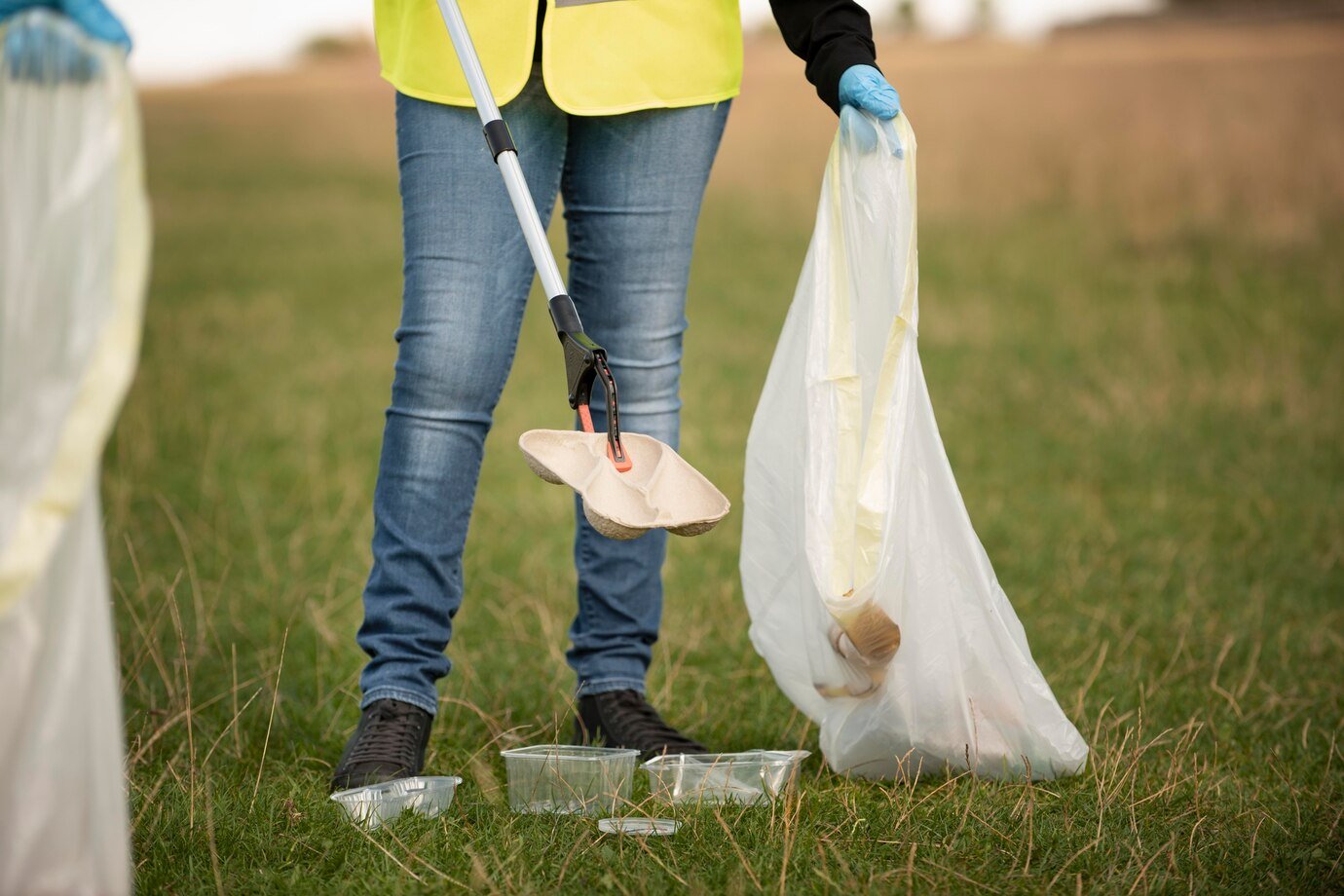Step-by-Step Process to Obtain Environmental Clearance in India
Introduction
Environmental Clearance (EC) is a mandatory legal process in India for projects that may have a significant impact on the environment. Governed by the Ministry of Environment, Forest and Climate Change (MoEF&CC) and State Environment Impact Assessment Authorities (SEIAAs), the process ensures that projects comply with environmental regulations and sustainability measures. Understanding the step-by-step process of obtaining Environmental Clearance is crucial for developers, industries, and businesses aiming to operate within legal frameworks.
Step 1: Screening of the Project
The first step in obtaining Environmental Clearance is determining whether a project requires EC and under which category it falls. The Environmental Impact Assessment (EIA) Notification, 2006 categorizes projects into Category A (cleared by MoEF&CC) and Category B (cleared by SEIAAs). Category A projects require a more detailed assessment, while Category B projects are further divided into B1 (requiring EIA) and B2 (not requiring EIA).
Step 2: Scoping
Once the project falls under the EC requirement, the next step is scoping, where the terms of reference (ToR) for the Environmental Impact Assessment study are decided. The ToR is provided by the Expert Appraisal Committee (EAC) for Category A projects and by the State Expert Appraisal Committee (SEAC) for Category B1 projects. The scoping phase identifies the key environmental concerns that need to be addressed in the EIA study.
Step 3: Conducting the Environmental Impact Assessment (EIA) Study
For projects requiring an EIA, a detailed study is conducted by accredited consultants. This assessment covers aspects such as:
Air, water, and soil quality analysis
Impact on biodiversity and ecology
Socio-economic implications
Waste management and pollution control measures
Risk assessment and disaster management plans The EIA report serves as a crucial document for decision-making during the clearance process.
Step 4: Public Consultation
One of the most important stages in the EC process is public consultation, where the concerns of the affected community and stakeholders are taken into account. A public hearing is organized by the State Pollution Control Board (SPCB) or Union Territory Pollution Control Committee (UTPCC). Feedback from the local population and stakeholders is incorporated into the final EIA report.
Step 5: Submission of Final EIA Report and Application
Following the public consultation, the final EIA report, including the mitigation measures and public concerns, is submitted to the regulatory authorities. The project proponent must submit the application along with the necessary documents, including:
Form 1 (application for EC)
Pre-feasibility report
Environmental Management Plan (EMP)
ToR compliance report (if applicable)
Step 6: Appraisal by the Regulatory Authority
The concerned Expert Appraisal Committee (EAC) or State Expert Appraisal Committee (SEAC) reviews the EIA report and other submitted documents. The committee evaluates:
The project’s environmental sustainability
Effectiveness of the proposed mitigation measures
Compliance with environmental regulations
Potential long-term ecological impact After careful assessment, the committee recommends whether the project should be granted EC, denied, or required to make modifications.
Step 7: Grant or Rejection of Environmental Clearance
Based on the recommendations of the EAC or SEAC, the MoEF&CC (for Category A) or SEIAA (for Category B) makes the final decision. If the project is approved, an Environmental Clearance certificate is issued, outlining specific conditions that the project must comply with during its operation.
Step 8: Post-Clearance Compliance and Monitoring
After obtaining the Environmental Clearance, the project must adhere to the stipulated environmental conditions. Regular monitoring reports must be submitted to the authorities, ensuring compliance with environmental standards. Non-compliance may lead to penalties or cancellation of the clearance.
Conclusion
Obtaining Environmental Clearance in India is a structured process designed to ensure sustainable development while minimizing environmental harm. Following the correct procedure and adhering to environmental regulations can help project proponents navigate the process smoothly and contribute to a greener, more sustainable future.
By understanding these steps, businesses and developers can ensure that their projects are environmentally responsible while staying compliant with India’s regulatory framework.

